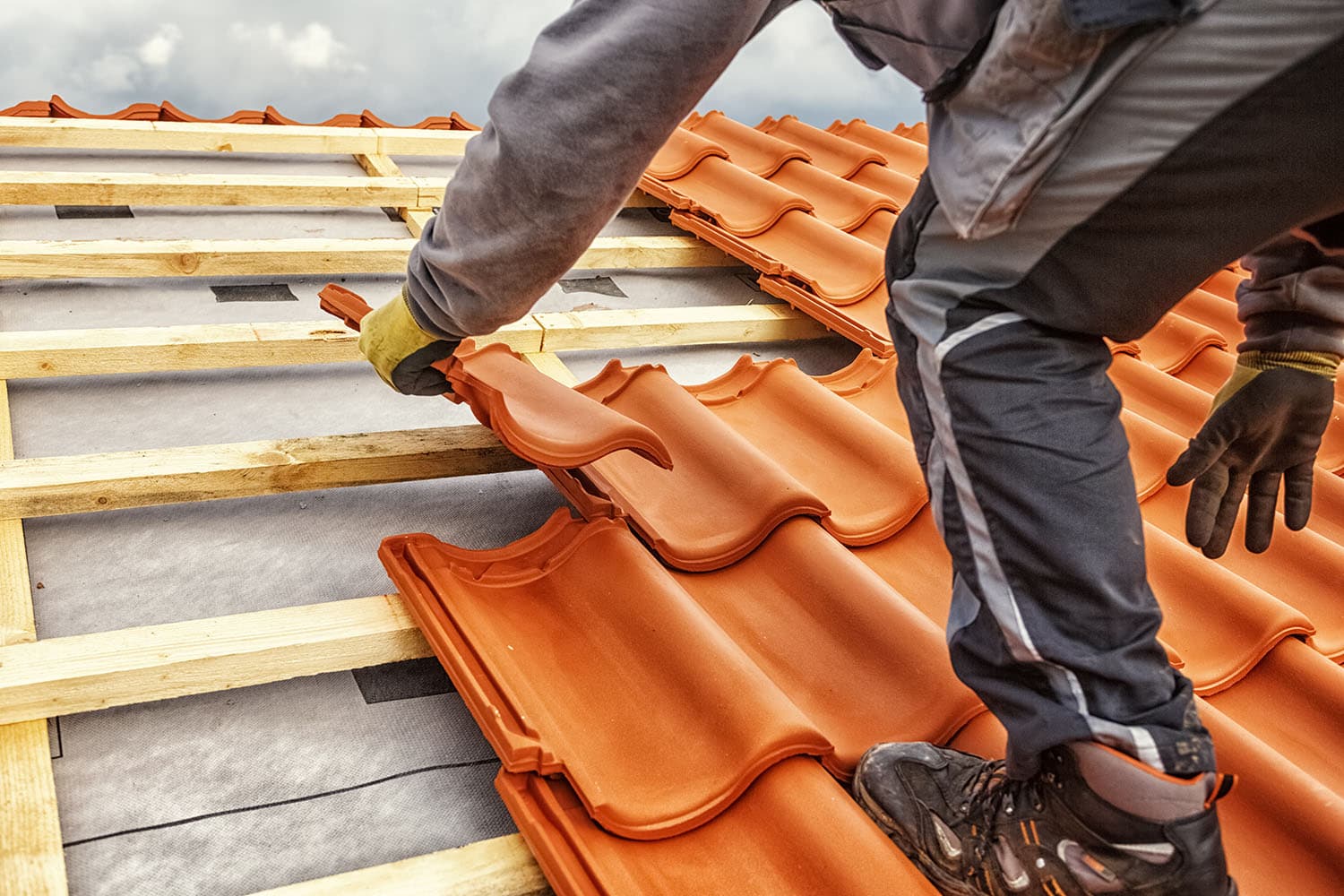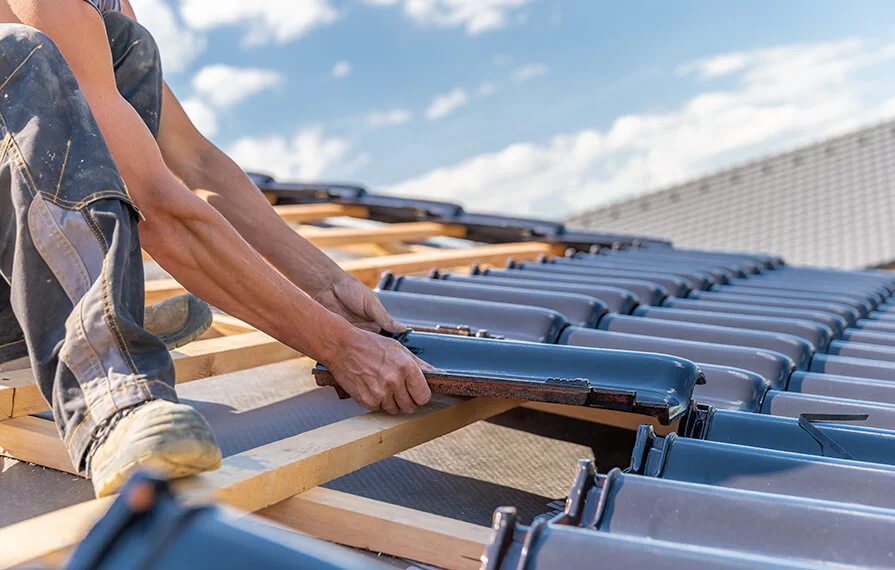A Comprehensive Guide to Effective Roof Flat Roof Installment
The details of level roof installment need a meticulous method, beginning with a detailed understanding of numerous level roof covering types and the essential materials needed for ideal performance. A successful installation pivots not just on the selection of products however likewise on the preparation and execution of each step associated with the procedure. As we check out the critical points from preparation to maintenance, it ends up being obvious that forgeting even minor information can significantly impact the roof covering's longevity and efficiency. What details strategies can make certain a seamless installment that endures the examination of time?
Understanding Flat Roof Covering Kind
When taking into consideration level roofs, it is important to comprehend the various types available, as each offers distinct advantages and disadvantages tailored to specific needs. The most common types of flat roofings include Built-Up Roof covering (BUR), Customized Asphalt, and Single-Ply membranes.
Built-Up Roofing includes multiple layers of asphalt and gravel, offering excellent durability and weather resistance. It is particularly helpful in areas prone to severe weather problems yet might need more upkeep due to its complex building and construction.
Customized Asphalt is a preferred option for its ease of installment and flexibility. It often uses a torch-applied or self-adhesive approach, which can be beneficial for quick fixings and long-term efficiency. Nevertheless, its lifespan can be much shorter contrasted to BUR.
Single-Ply membranes, including Thermoplastic Olefin (TPO) and Ethylene Propylene Diene Monomer (EPDM), are recognized for their lightweight nature and energy effectiveness. These products are usually preferred for industrial structures due to their cost-effectiveness and convenience of setup (Cleveland Roofing Specialists). They may not offer the exact same degree of insulation as other choices.
Each roofing kind calls for careful consideration based upon environment, budget, and certain project needs.
Crucial Materials for Flat Roofing
A range of crucial materials are important for the successful installment of level roofing systems. The option of products straight influences longevity, performance, and general effectiveness.
One of the primary materials is the roof covering membrane layer, which can be created from numerous materials such as polycarbonate polyolefin (TPO), ethylene propylene diene monomer (EPDM), or PVC. Each type uses distinct benefits, consisting of UV resistance and adaptability, which are vital for extended efficiency.
In enhancement to the membrane layer, insulation products play a substantial role in power performance. Inflexible foam boards or polyisocyanurate insulation are prominent options, as they supply superb thermal resistance and dampness administration.
Furthermore, roofing adhesives and sealants are vital for making sure a water tight installment. These products should work with the chosen membrane to avoid deterioration over time.
Preparing for Setup
Appropriate preparation is vital for an effective level roof covering installment, as it lays the foundation for a sturdy and reliable roof system. Begin by conducting an extensive assessment of the existing roofing system framework. Try to find signs of damages, consisting of leaks, rot, or inadequate water drainage, which might compromise the brand-new roof system. Guarantee that the hidden materials are audio and can sustain the weight of the new roof covering elements.
Next, gather all necessary devices and materials, making sure that they meet market standards. This consists of waterproof membranes, insulation, flashing, and bolts. Acquaint on your own with the manufacturer's specs, as adherence important source to these standards is critical for warranty functions.
In addition, make certain that the work location is free from debris and blockages to facilitate safe and reliable installation. Think about weather; stay clear of setup throughout hefty rain or severe temperature levels, which can impact product efficiency. Last but not least, educate any kind of passengers of the structure concerning the future work to make sure security and decrease interruptions. By taking these preparatory actions, you can boost the chance of an effective flat roofing setup that meets both visual and architectural needs.
Step-by-Step Setup Process
With the foundation developed through thorough preparation, the following stage involves implementing the level roofing setup systematically. This step is crucial for keeping the roof's integrity over time.
Following the vapor barrier installation, lay down insulation boards, guaranteeing they fit securely with each other to lessen thermal connecting. Safeguard the insulation with appropriate bolts based on the roof kind and neighborhood structure codes - Cleveland Roofing Specialists.
Make certain appropriate overlap at sides and seams to create a water tight seal. Make use of adhesives, mechanical bolts, or warm welding as needed. Ultimately, mount blinking around perimeters, vents, and any kind of roofing system penetrations to enhance waterproofing. After setup, carry out a comprehensive assessment to identify any possible problems prior to ending the task, making sure a reputable and robust level roof system.
Maintenance Tips for Long Life
Routine upkeep is necessary to make certain the durability and efficiency of a level roofing. Among the main tasks is to conduct regular evaluations at the very least twice a year, ideally in springtime and loss. Throughout these assessments, seek indications of wear, such as sores, cracks, or pooling water, which can indicate underlying issues.

Making certain correct drain is vital to avoid water build-up. Inspect and clear seamless gutters, downspouts, and scuppers to guarantee unobstructed water flow. Furthermore, examine seals around vents, skylights, and various other infiltrations for any kind of get more indicators of deterioration, applying caulk or sealer as needed to maintain a watertight barrier.
Lastly, consider expert upkeep solutions every few years for extensive maintenances. By sticking to these upkeep suggestions, you can substantially prolong the life of your flat roofing system, ensuring it continues to be a dependable shield versus the aspects.
Conclusion
Effective flat roof covering installation requires a systematic approach encompassing thorough assessments, material option, and meticulous preparation. Adhering to the detailed actions during the setup process makes certain the appropriate application of roof covering membrane layers and insulation while enhancing waterproofing through effective blinking installment.
The intricacies see page of level roofing system setup need a meticulous approach, beginning with an extensive understanding of numerous flat roofing system types and the vital materials needed for optimal performance.Proper prep work is important for an effective flat roofing system setup, as it lays the groundwork for a durable and effective roof covering system. After installment, perform a comprehensive evaluation to determine any type of prospective issues prior to ending the project, ensuring a robust and dependable level roofing system.
